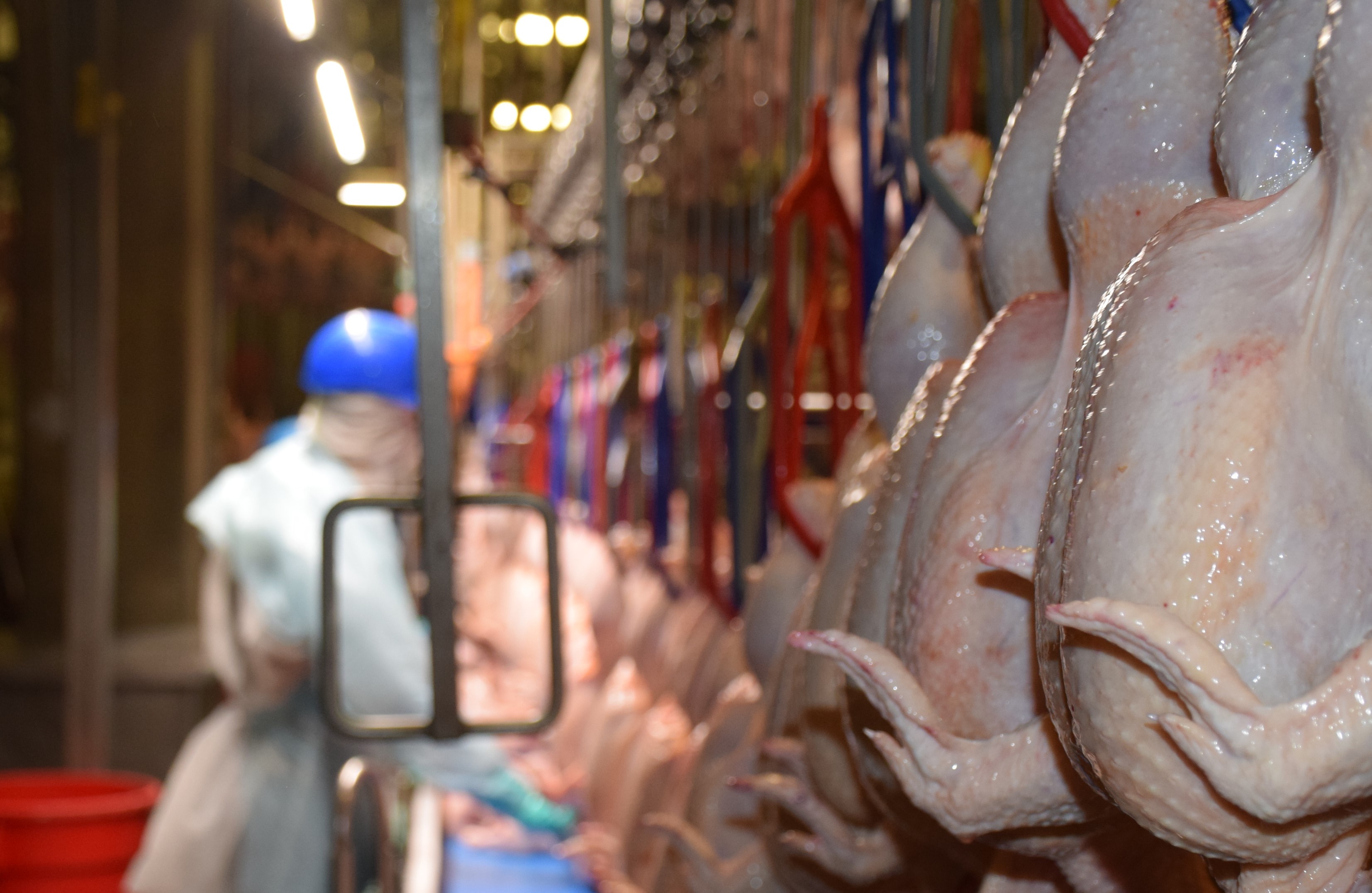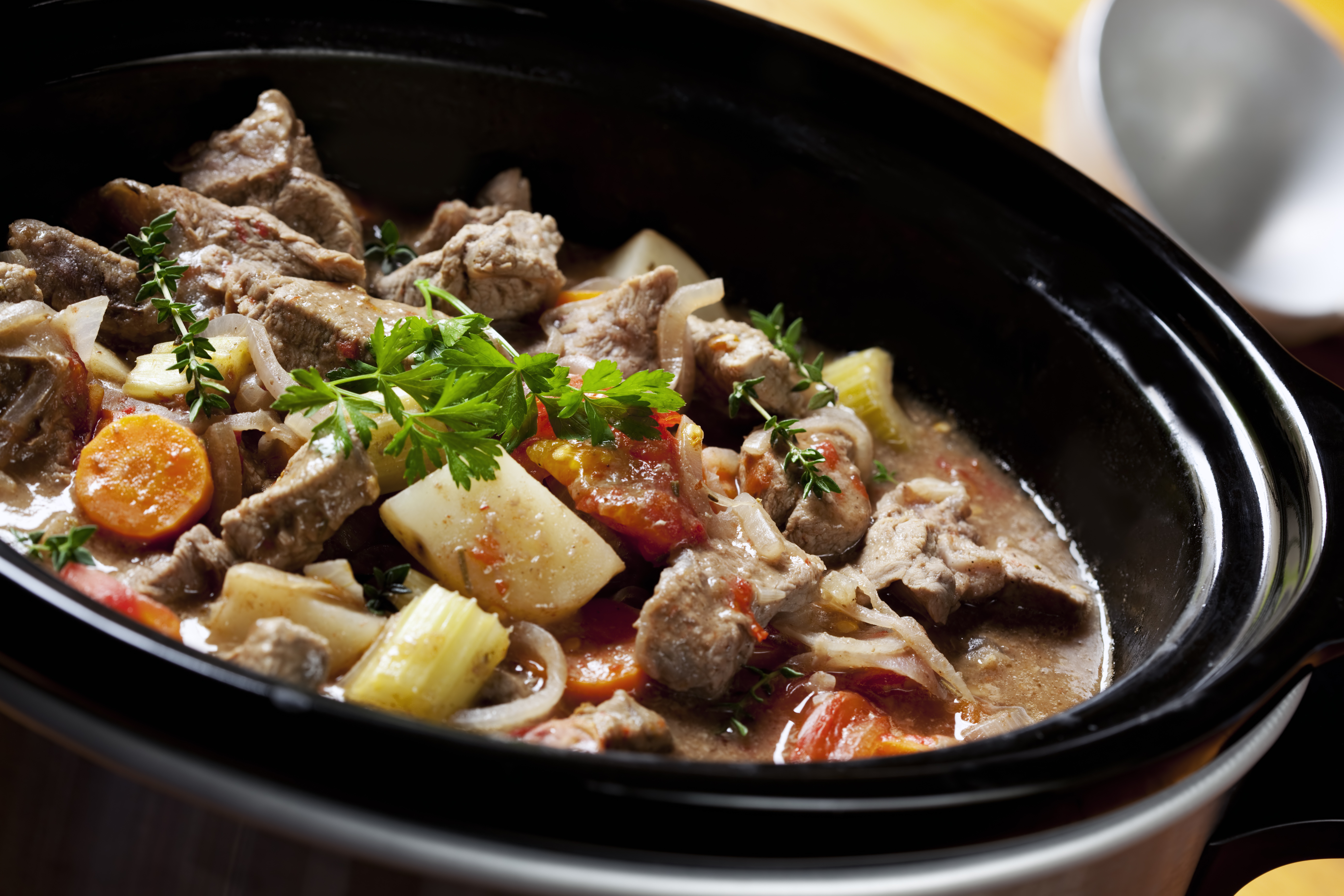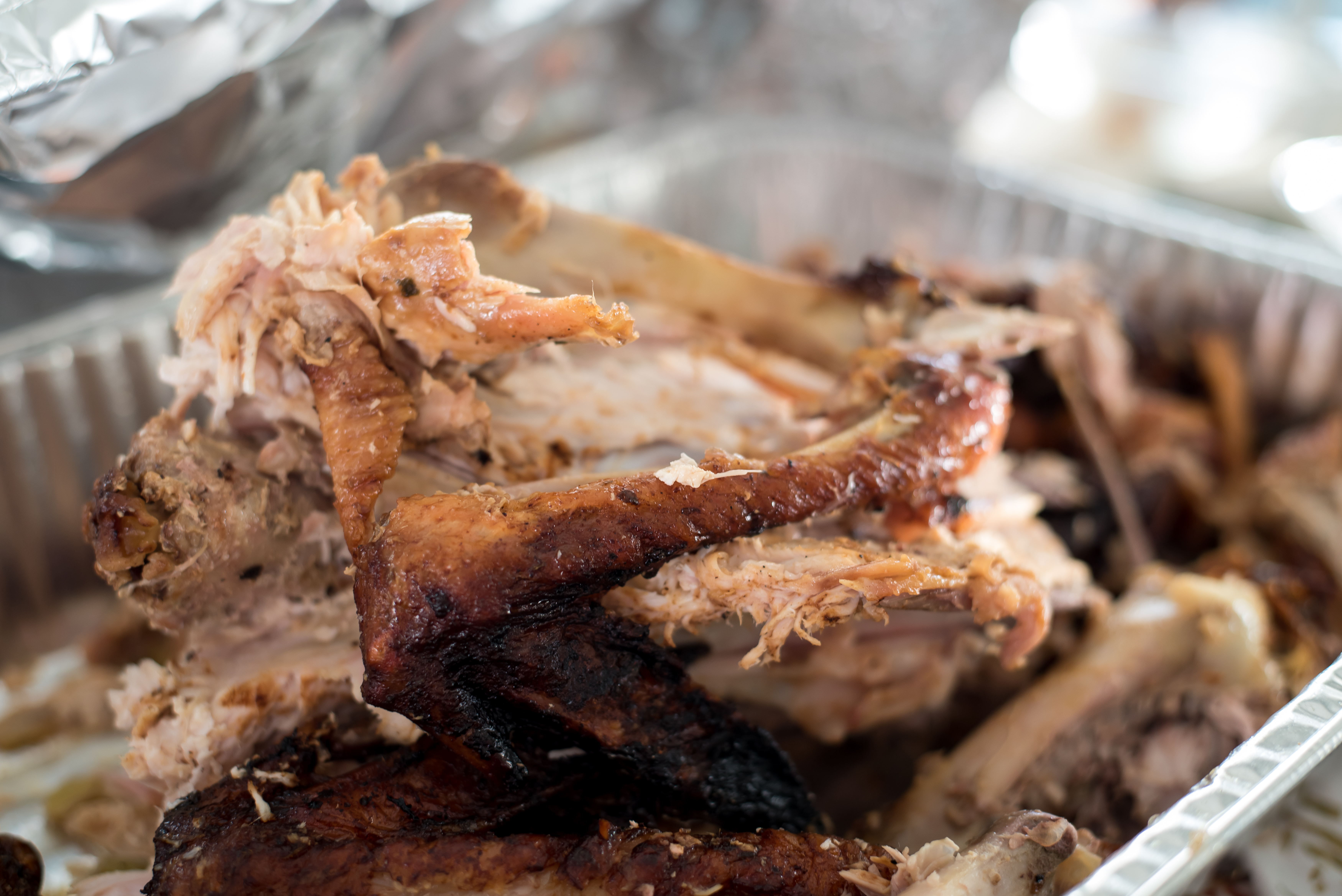
Salmonella Questions and Answers
Salmonella bacteria are the most frequently reported cause of foodborne illness. In order to reduce salmonellosis, a comprehensive farm-to-table approach to food safety is necessary. Farmers, industry, food inspectors, retailers, food service workers, and consumers are each critical links in the food safety chain. Having a better understanding of Salmonella, its causes, and how to prevent it will help you do your part to keep food safe.
What is Salmonella?
Salmonella is a gram-negative, rod-shaped bacilli that can cause diarrheal illness in humans. They are microscopic living creatures that pass from the feces of people or animals to other people or other animals.
The Salmonella family includes over 2,300 serotypes of bacteria which are one-celled organisms too small to be seen without a microscope. Two serotypes, Salmonella Enteritidis and Salmonella Typhimurium are the most common in the United States and account for half of all human infections. Strains that cause no symptoms in animals can make people sick, and vice versa. If present in food, it does not usually affect the taste, smell, or appearance of the food. The bacteria live in the intestinal tracts of infected animals and humans.
Salmonella bacteria have been known to cause illness for over 100 years. They were discovered by an American scientist, Dr. Daniel E. Salmon.
What is salmonellosis?
Salmonellosis is an infection caused by the bacteria Salmonella. According to the Centers for Disease Control and Prevention (CDC), salmonellosis causes an estimated 1.4 million cases of foodborne illness and more than 400 deaths annually in the United States. The Surveillance Report from the Food Diseases Active Surveillance (FoodNet) for 2022, identified Salmonella as one of the most common bacterial infection reported.
FoodNet is a collaborative project among CDC, the 10 Emerging Infections Program sites (EPIs), USDA, and the U.S. Food and Drug Administration (FDA). One of the objectives of FoodNet is to measure effectiveness of a variety of preventive measures in reducing the incidence of foodborne illness attributable to the consumption of meat, poultry, and other foods.
What are the symptoms of salmonellosis?
Although in some people salmonellosis could asymptomatic, most people experience diarrhea, abdominal cramps, and fever within 8 to 72 hours after the contaminated food was eaten. Additional symptoms may be chills, headache, nausea, and vomiting. Symptoms usually disappear within 4 to 7 days. Many people with salmonellosis recover without treatment and may never see a doctor. However, Salmonella infections can be life-threatening especially for infants and young children, pregnant women and their unborn babies, and older adults, who are at a higher risk for foodborne illness, as are people with weakened immune systems (such as those with HIV/AIDS, cancer, diabetes, kidney disease, and transplant patients).
Are there long-term consequences?
Persons with diarrhea usually recover completely, although it may be several months before their bowel habits are entirely normal. A small number of persons who are infected with Salmonella may develop pains in their joints, irritation of the eyes, and painful urination. This is called Reiter's syndrome. It can last for months or years and can lead to chronic arthritis that is difficult to treat.
How do people get salmonellosis?
Salmonella lives in the intestinal tract of humans and other animals, including birds. Salmonella is usually transmitted to humans by eating foods contaminated with animal feces. Salmonella present on raw meat and poultry could survive if the product is not cooked to a safe minimum internal temperature, as measured with a food thermometer. Salmonella can also cause foodborne illness (salmonellosis) through cross-contamination, e.g., when juices from raw meat or poultry come in contact with ready-to-eat foods, such as salads.
Food may also become contaminated by the unwashed hands of an infected food handler who might or might not be showing symptoms. Salmonella can also be found in the feces of some pets, especially those with diarrhea. People can become infected if they do not wash their hands after contact with these feces. Reptiles are particularly likely to harbor Salmonella. People should always wash their hands immediately after handling a reptile, even if the reptile is healthy.
What foods are most likely to make people sick?
Any raw food of animal origin, such as meat, poultry, milk and dairy products, eggs, seafood, and some fruits and vegetables may carry Salmonella bacteria. The bacteria can survive to cause illness if meat, poultry, and egg products are not cooked to a safe minimum internal temperature as measured with a food thermometer and fruits and vegetables are not thoroughly washed. The bacteria can also contaminate other foods that come in contact with raw meat and poultry. Safe food handling practices are necessary to prevent bacteria on raw food from causing illness.
Are chickens labeled "Kosher," "free-range," "organic," or "natural" lower in Salmonella bacteria?
FSIS does not know of any valid scientific information that shows that any specific type of chicken has more or less Salmonella bacteria than other poultry.
What is FSIS doing to prevent Salmonella contamination?
The Food Safety and Inspection Service is the public health regulatory Agency in the USDA responsible for the safety of the nation's commercial supply of meat, poultry and egg products. As part of this responsibility, FSIS issued the "Pathogen Reduction; Hazard Analysis and Critical Control Point (PR/HACCP) Systems, Final Rule" in 1996. This rule sets Salmonella performance standards for establishments slaughtering selected classes of food animals or those producing selected classes of raw ground products to verify that industry systems are effective in controlling the contamination of raw meat and poultry products with disease-causing bacteria, like Salmonella.
FSIS inspectors make sure the establishments are meeting the standards by collecting randomly selected product samples and submitting them to an FSIS laboratory for Salmonella analysis. FSIS requires all plants to reduce bacteria by means of the PR/HACCP system.
How can consumers prevent salmonellosis?
Bacteria on raw foods of animal origin do not have to cause illness. The key to preventing illness at home, in a restaurant, at a church picnic, or anywhere else is to prevent the bacteria from growing to high levels and to destroy the bacteria through cooking to a safe minimum internal temperature. Follow these guidelines for safe food preparation:
CLEAN: Wash Hands and Surfaces Often
- Wash hands with soap and water for 20 seconds before and after handling food and after using the bathroom, changing diapers, and handling pets.
- Wash utensils, cutting boards, dishes, and countertops with hot soapy water after preparing each food item and before you go on to the next item.
- Consider using paper towels to clean kitchen surfaces. If you use cloth towels, wash them often in the hot cycle of your washing machine.
SEPARATE: Don't Cross-contaminate
- Separate raw meat, poultry, and seafood from other foods in your grocery shopping cart and in your refrigerator.
- If possible, use one cutting board for fresh produce and a separate one for raw meat, poultry, and seafood.
- Always wash cutting boards, dishes, countertops, and utensils with hot soapy water after they come in contact with raw meat, poultry, and seafood.
- Never place cooked food on a plate that previously held raw meat, poultry, or seafood.
COOK: Cook to Safe Temperatures
Use a clean food thermometer when measuring the internal temperature of meat, poultry, casseroles, and other foods to make sure they have reached a safe minimum internal temperature:
- Cook all raw beef, pork, lamb and veal steaks, chops, and roasts to a minimum internal temperature of 145 degrees F as measured with a food thermometer before removing meat from the heat source. For safety and quality, allow meat to rest for at least three minutes before carving or consuming. For reasons of personal preference, consumers may choose to cook meat to higher temperatures.
- Cook all raw ground beef, pork, lamb, and veal to an internal temperature of 160 degrees F as measured with a food thermometer.
- Cook all poultry to a safe minimum internal temperature of 165 degrees F as measured with a food thermometer.
- Stuffed poultry is not recommended. Cook stuffing separately to 165 degrees F.
- Egg dishes, casseroles to 160 degrees F.
- Fish should reach 145 degrees F as measured with a food thermometer.
- Bring sauces, soups, and gravy to a boil when reheating.
- Reheat other leftovers thoroughly to at least 165 degrees F.
CHILL: Refrigerate Promptly
- Keep food safe at home, refrigerate promptly and properly. Refrigerate or freeze perishables, prepared foods, and leftovers within 2 hours (1 hour if temperatures are above 90 degrees F).
- Freezers should register 0 degrees F or below and refrigerators 40 degrees F or below.
- Thaw food in the refrigerator, in cold water, or in the microwave. Foods should not be thawed at room temperature. Foods thawed in the microwave or in cold water must be cooked to a safe minimum internal temperature immediately after thawing.
- Marinate foods in the refrigerator.
- Divide large amounts of leftovers into shallow containers for quick cooling in the refrigerator.
REFERENCE:
CDC's Web site: http://www.cdc.gov/nczved/divisions/dfbmd/




